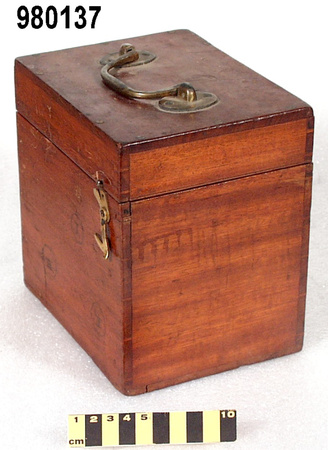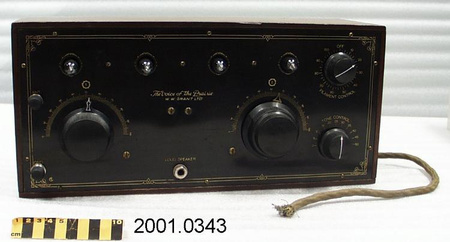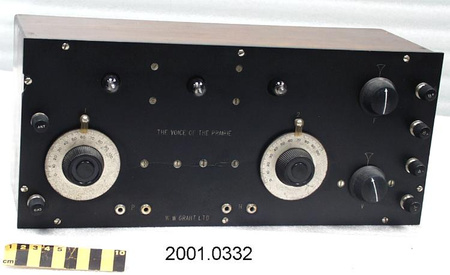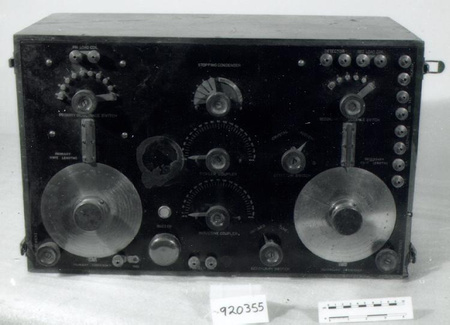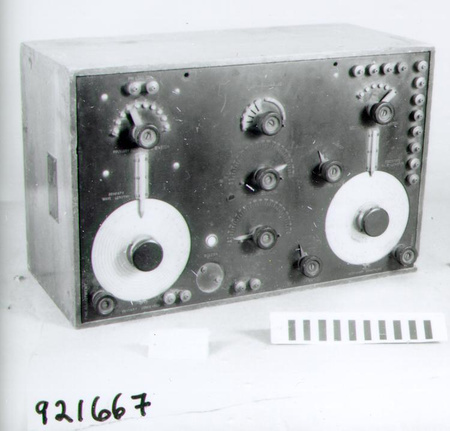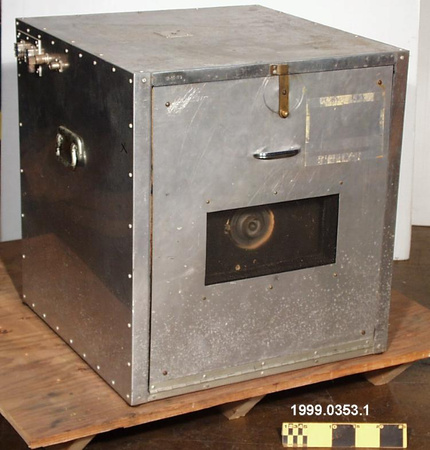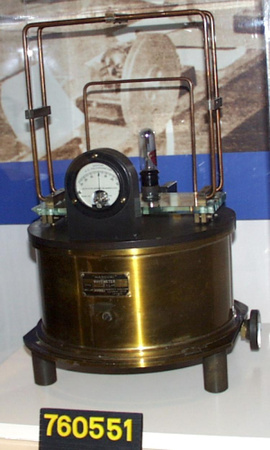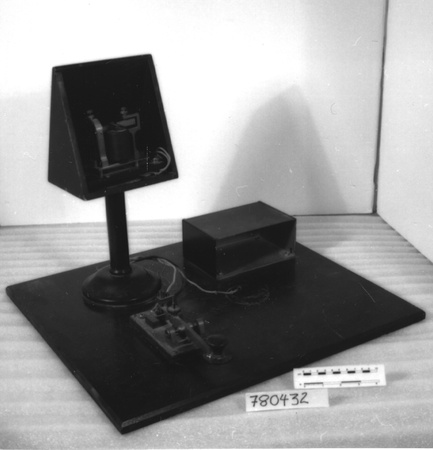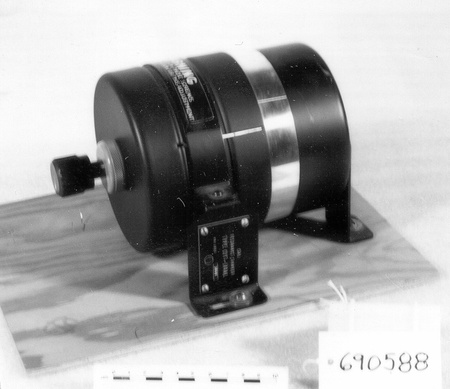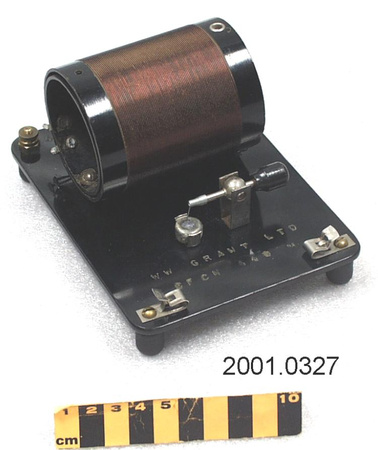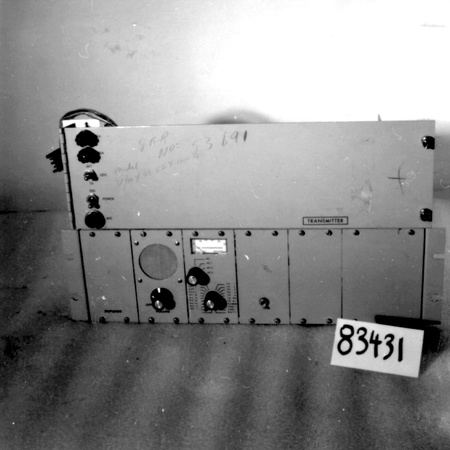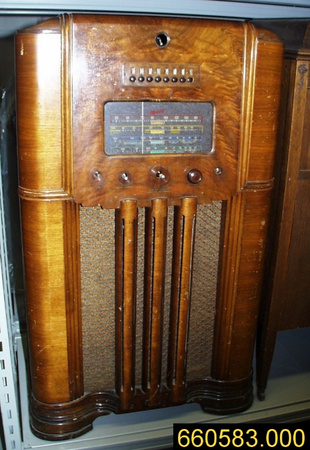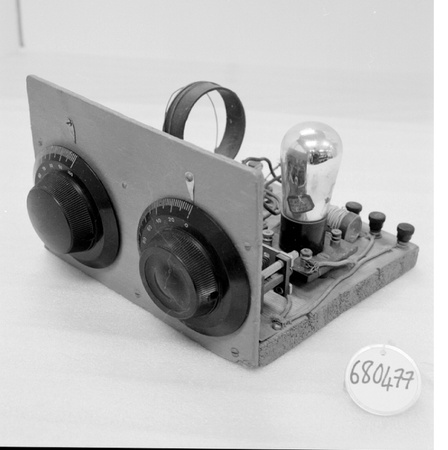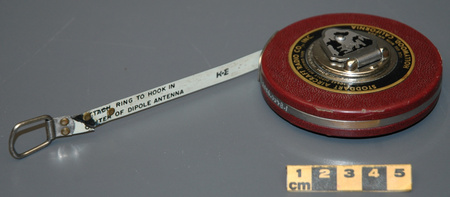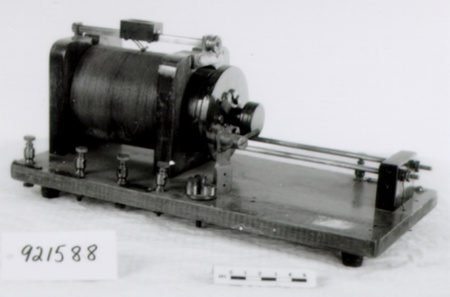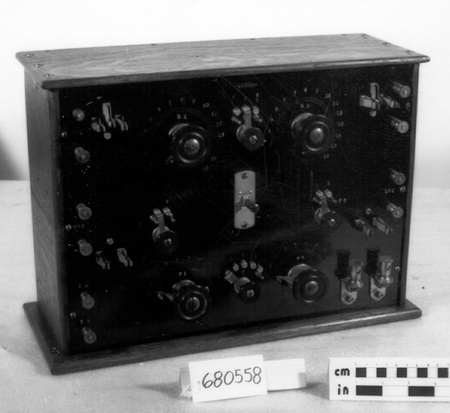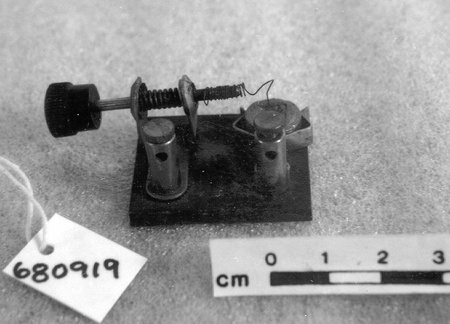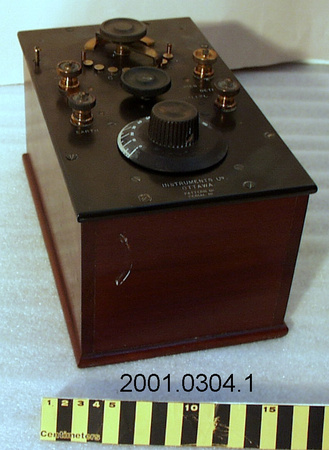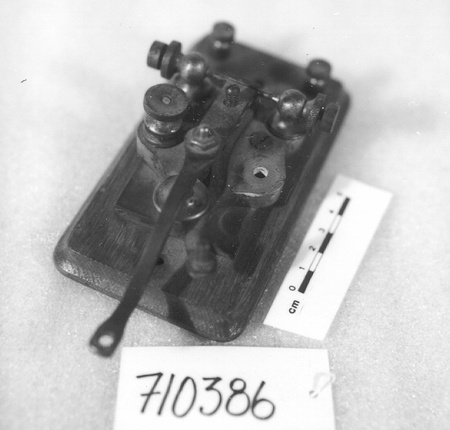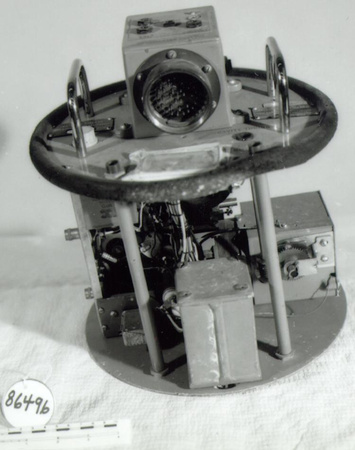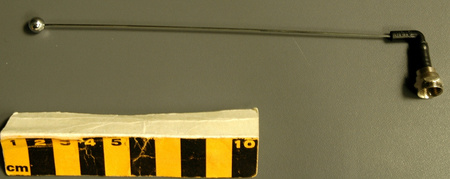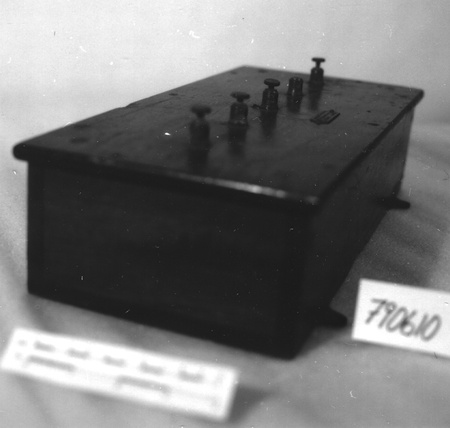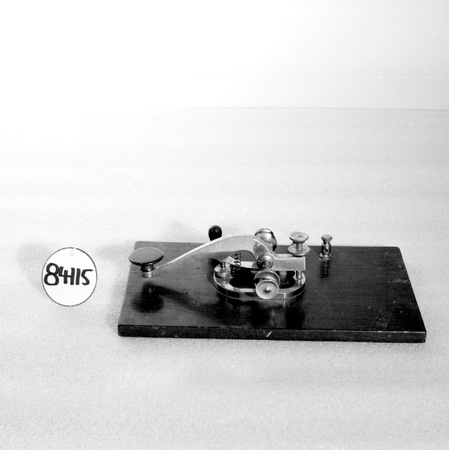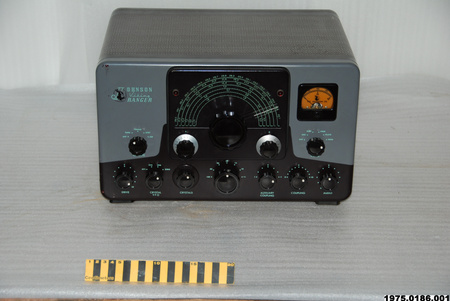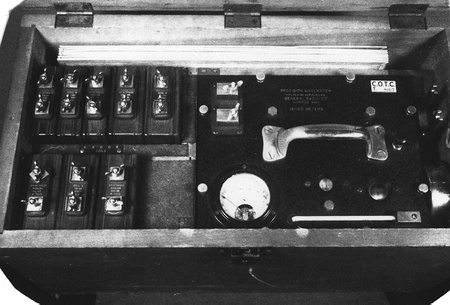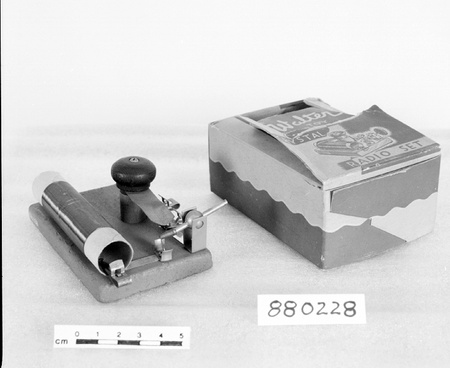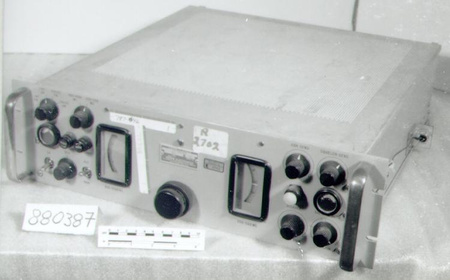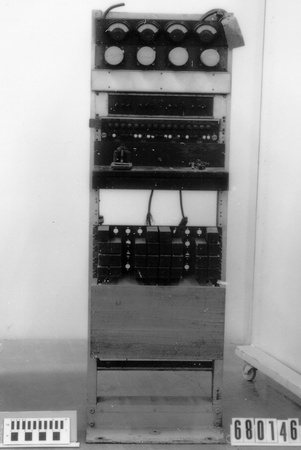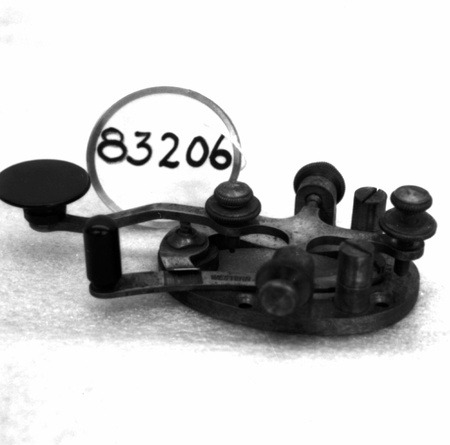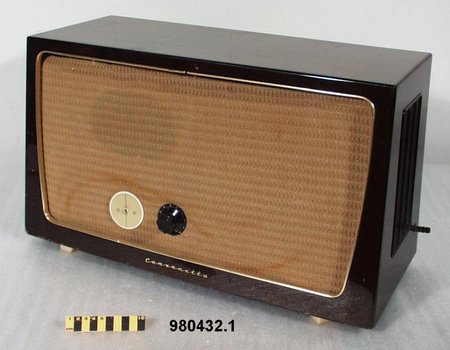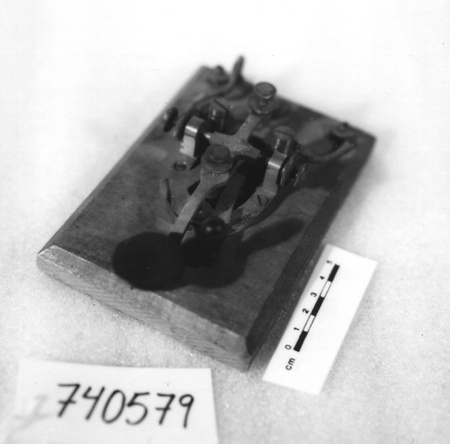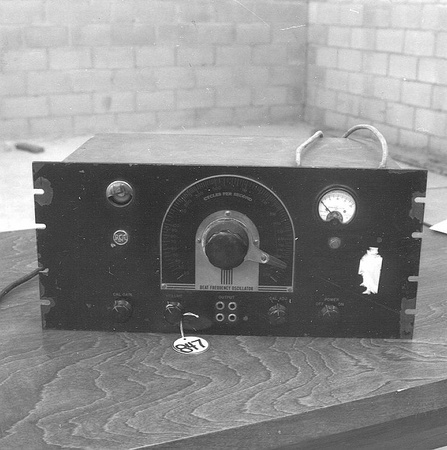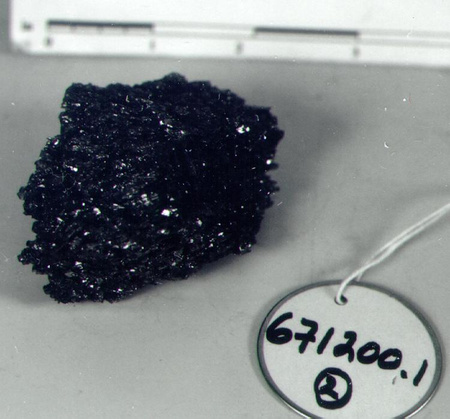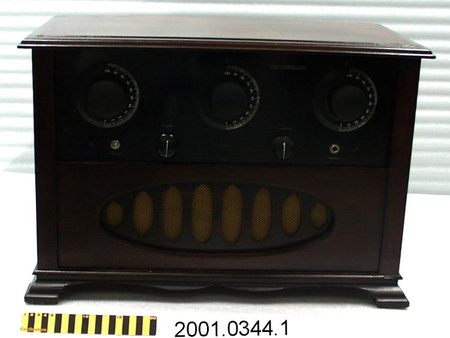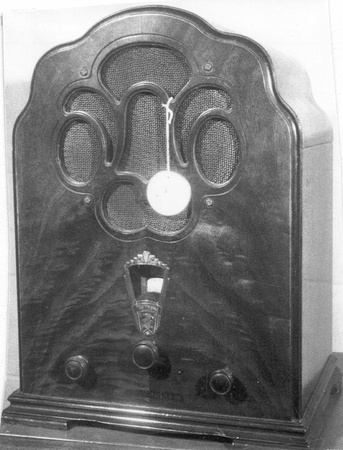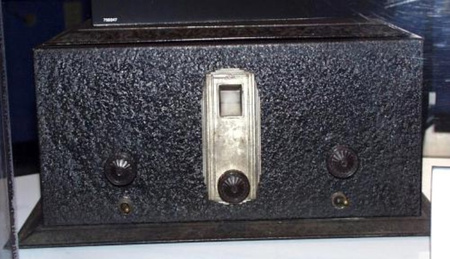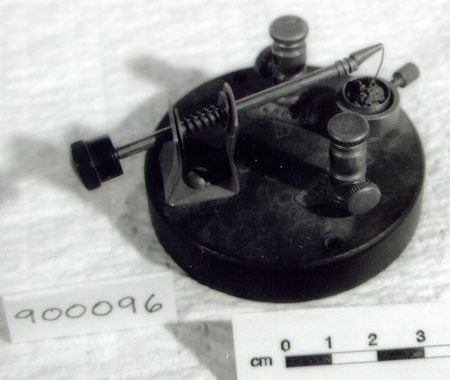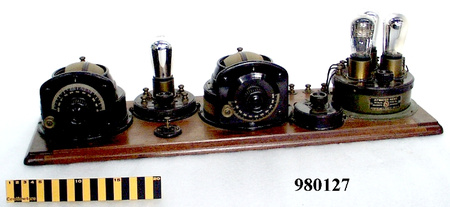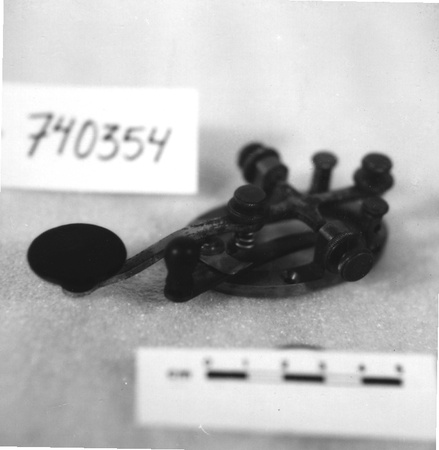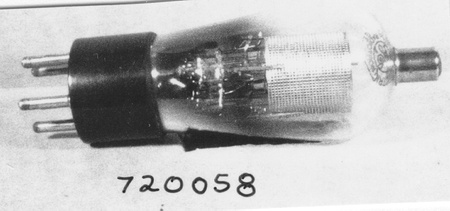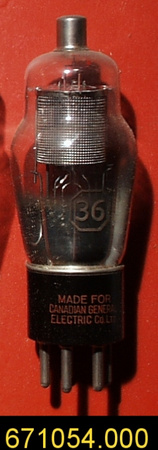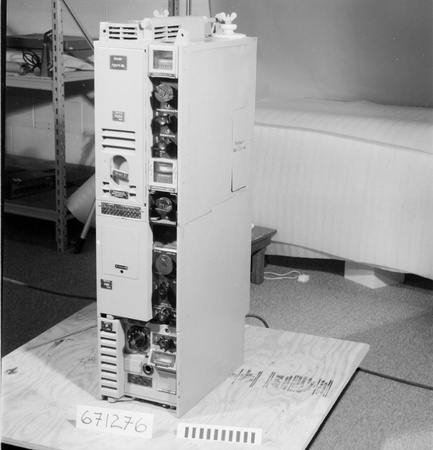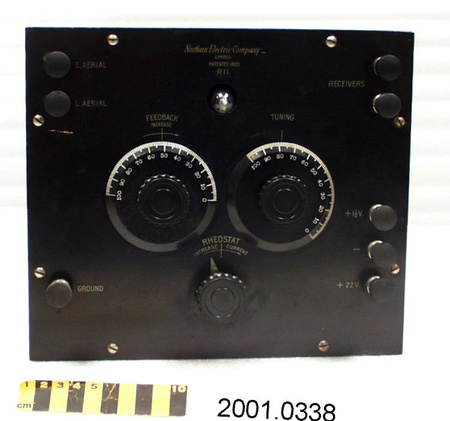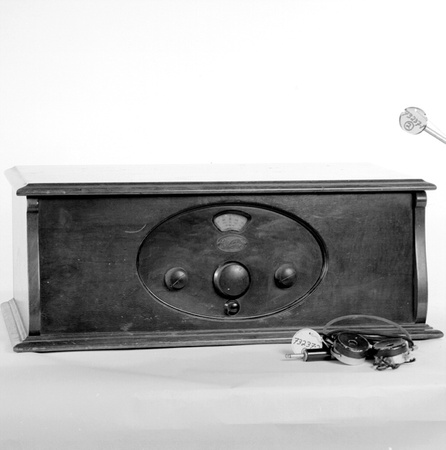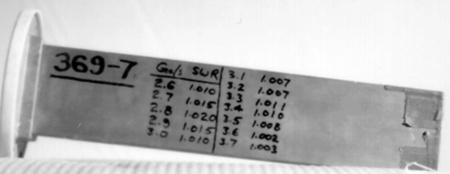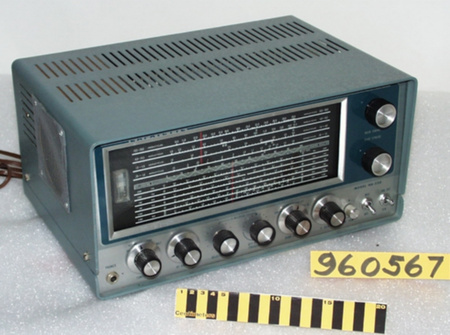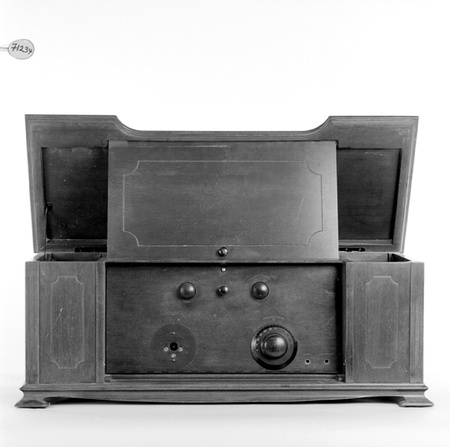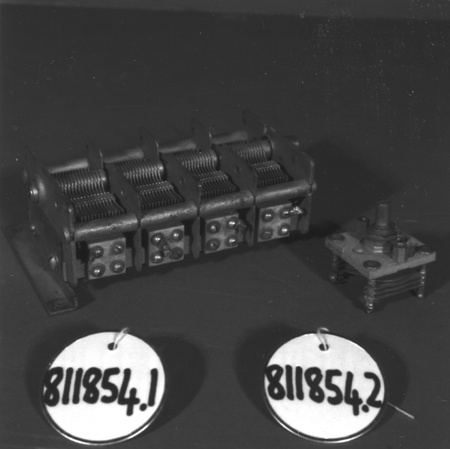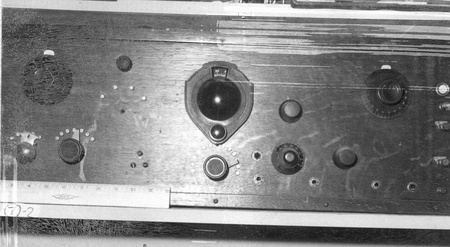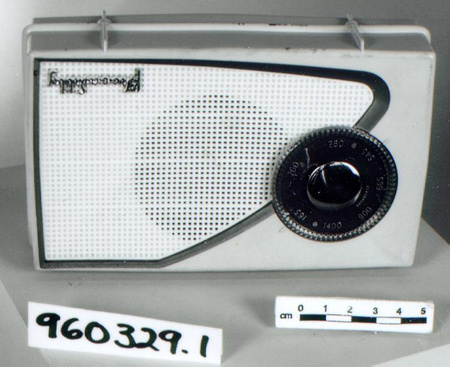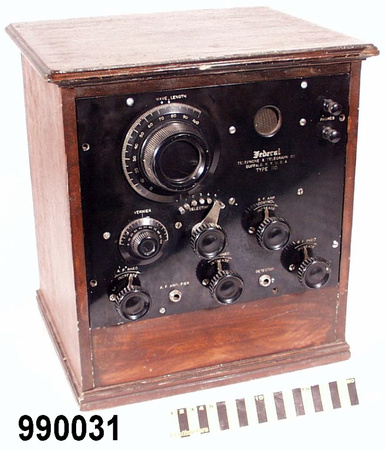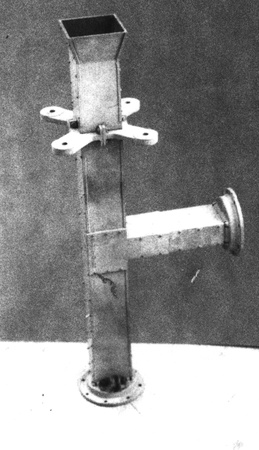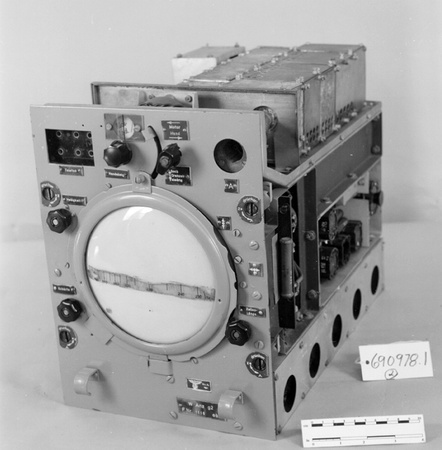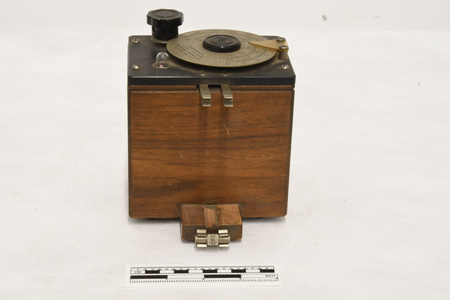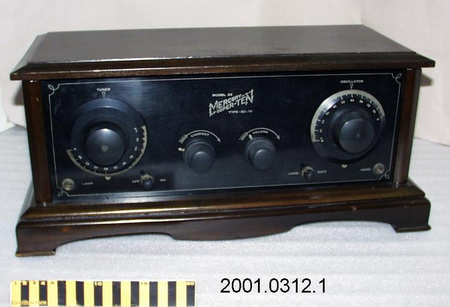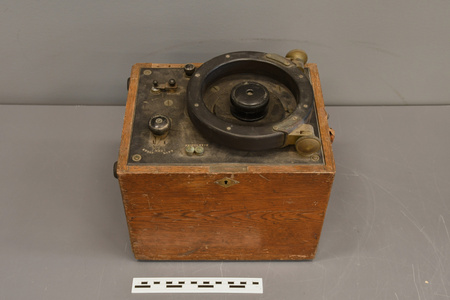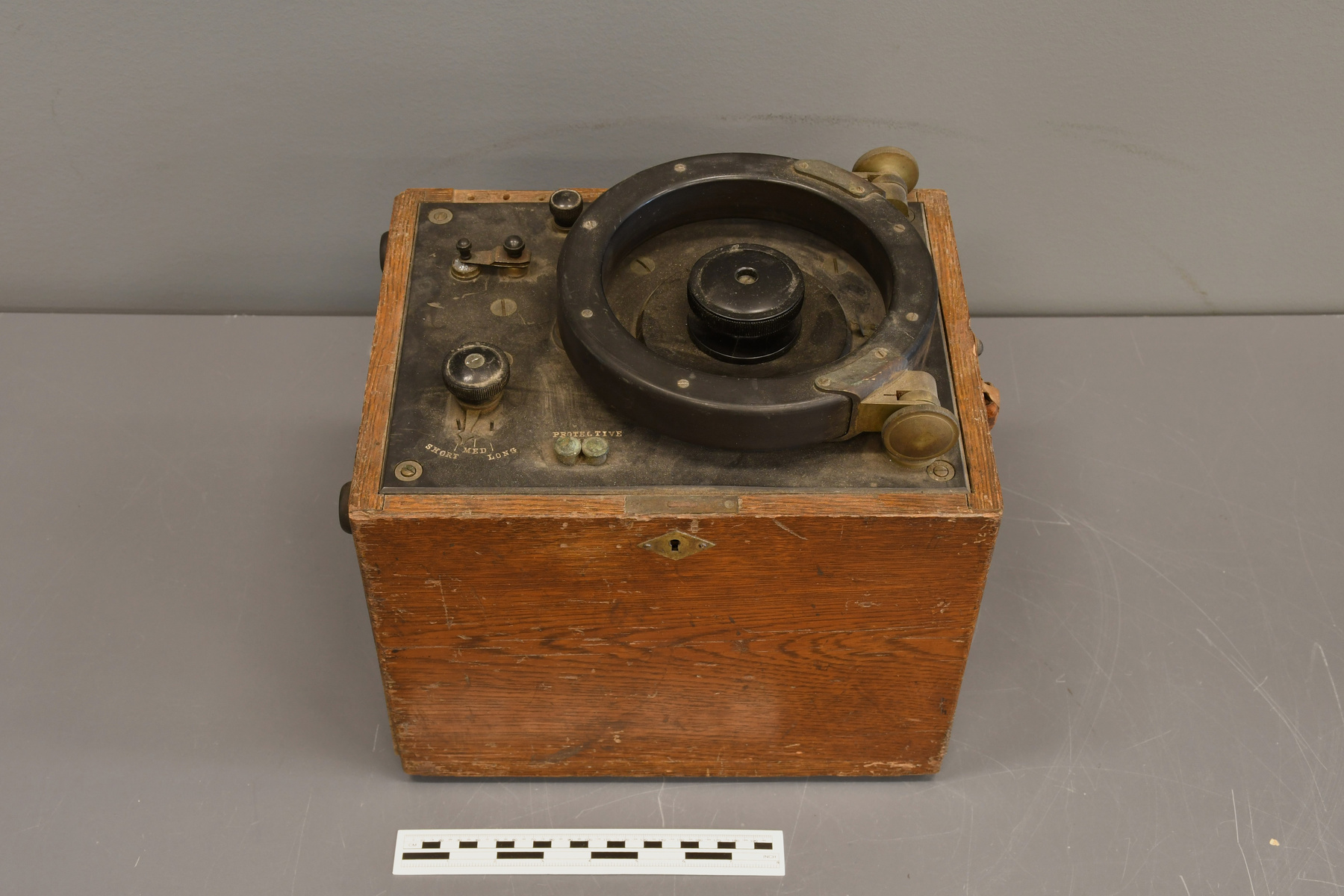Wavemeter
Use this image
Can I reuse this image without permission? Yes
Object images on the Ingenium Collection’s portal have the following Creative Commons license:
Copyright Ingenium / CC BY-NC-ND (Attribution-NonCommercial 4.0 International (CC BY-NC 4.0)
ATTRIBUTE THIS IMAGE
Ingenium,
2010.1223.001
Permalink:
Ingenium is releasing this image under the Creative Commons licensing framework, and encourages downloading and reuse for non-commercial purposes. Please acknowledge Ingenium and cite the artifact number.
DOWNLOAD IMAGEPURCHASE THIS IMAGE
This image is free for non-commercial use.
For commercial use, please consult our Reproduction Fees and contact us to purchase the image.
- OBJECT TYPE
- N/A
- DATE
- 1912
- ARTIFACT NUMBER
- 2010.1223.001
- MANUFACTURER
- National Electric Signaling Co.
- MODEL
- Unknown
- LOCATION
- Pittsburgh, Pennsylvania, United States of America
More Information
General Information
- Serial #
- 1520
- Part Number
- 1
- Total Parts
- 1
- AKA
- N/A
- Patents
- N/A
- General Description
- Wood casing with ebonite and metal elements.
Dimensions
Note: These reflect the general size for storage and are not necessarily representative of the object's true dimensions.
- Length
- 31.2 cm
- Width
- 23.3 cm
- Height
- 28.0 cm
- Thickness
- N/A
- Weight
- N/A
- Diameter
- N/A
- Volume
- N/A
Lexicon
- Group
- Communications
- Category
- Radio
- Sub-Category
- N/A
Manufacturer
- AKA
- NATIONAL ELECTRIC
- Country
- United States of America
- State/Province
- Pennsylvania
- City
- Pittsburgh
Context
- Country
- Unknown
- State/Province
- Unknown
- Period
- Unknown
- Canada
-
This wavemeter was manufactured by the National Electric Signaling Co. (NESCO), the radio company associated with Canadian physicist and engineer Reginald Fessenden. Born in Bolton East in what is now Quebec in 1866, Fessenden had become by the turn of the 20th century one of the world’s leading researchers in the new and growing field of radio. Working in the United States in the decade between 1900 and 1910, he would be responsible several critical technical advances. The most important of these were his successful demonstration of continuous wave transmission for radio telephony (impossible with the primitive spark gap technology promoted by Marconi) and his patent on the heterodyne principle. Though not fully perfected and commercialized by him, both were revolutionary and remain fundamental to radio technology today. - Function
-
To measure the frequency of signals emitted by a radio transmitter. - Technical
-
Because of the need to prevent interference between transmitters, radio operators must determine and adjust the frequency, or wavelength, at which their equipment is operating. The transmission and reception of radio waves depends on the concept of electrical “resonance” described by Oliver Lodge in 1888. In order for a receiver to be sensitive to waves emitted by a transmitter, it must resonate at the same frequency as the transmitter. To be resonant the ratio of inductance and capacitance in the transmitter circuit and the receiver circuit must be the same. This is achieved in a process called tuning. This wavemeter consists of a closed oscillatory circuit with a variable capacitor and a fixed inductance coil. The device features a crystal detector, which, when connected to headphones, allows the wavemeter to act as a “receiver” in order to test a transmitter. Adjusting the capacitor brings the receiving meter into resonance with the transmitter, and by comparing the reading on the capacitor’s scale to a table of calculated values, the frequency of the transmitter can be determined. - Area Notes
-
Unknown
Details
- Markings
- Text on the proper top pane: "PHONES/ DETECTOR/ SHORT/ MED/ LONG/ PROTECTIVE/ GAP"/ In recessed letters on the large knob: "CONDENSER"/ Stamped into the wood edge: "SERIAL NO. 1520"
- Missing
- Lid and leather handle are missing.
- Finish
- Dark brown finished wood box with a black panel on the top with white text and dark brass-coloured metal.
- Decoration
- N/A
CITE THIS OBJECT
If you choose to share our information about this collection object, please cite:
National Electric Signaling Co., Wavemeter, circa 1912, Artifact no. 2010.1223, Ingenium – Canada’s Museums of Science and Innovation, http://collection.ingenium.ca/en/id/2010.1223.001/
FEEDBACK
Submit a question or comment about this artifact.
More Like This
